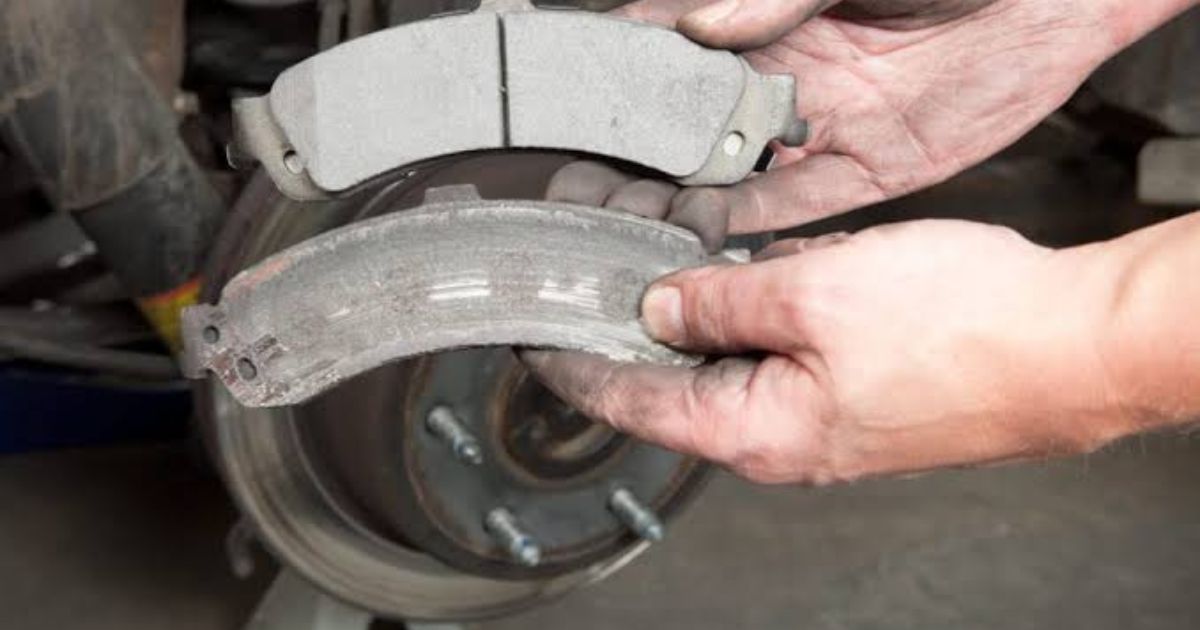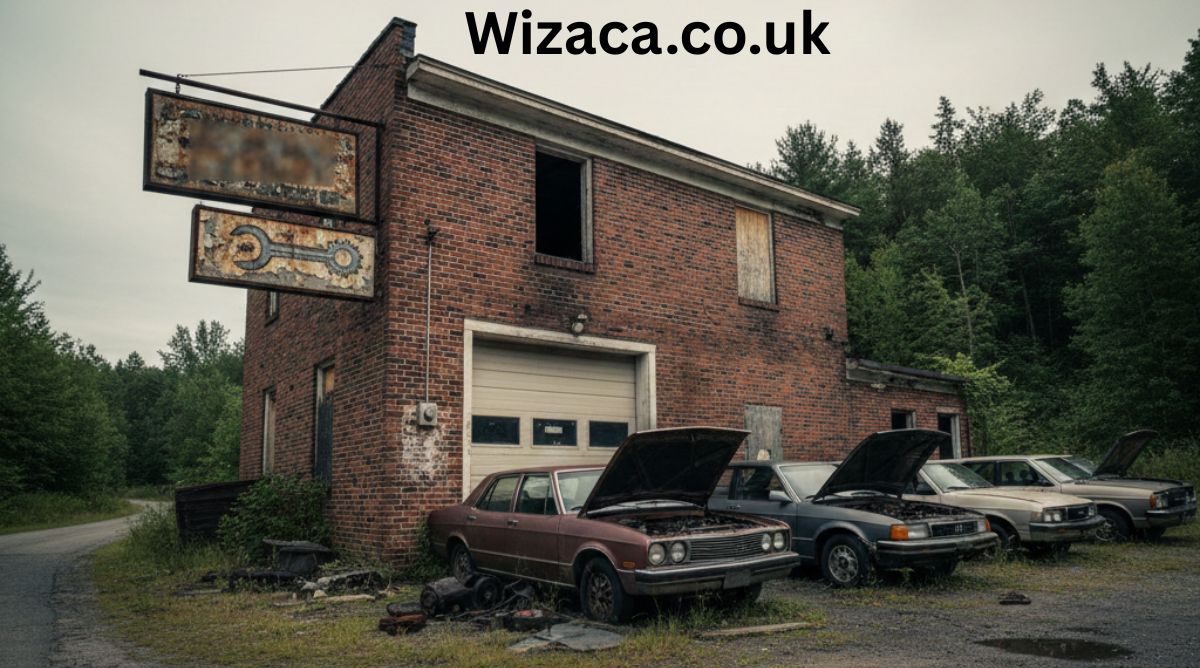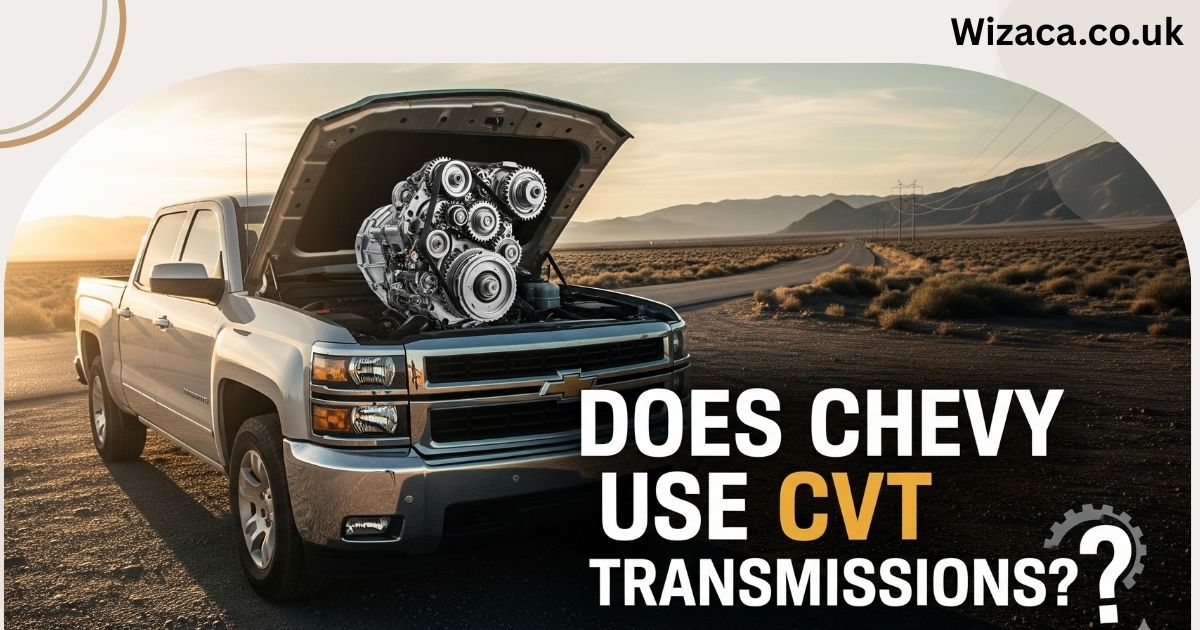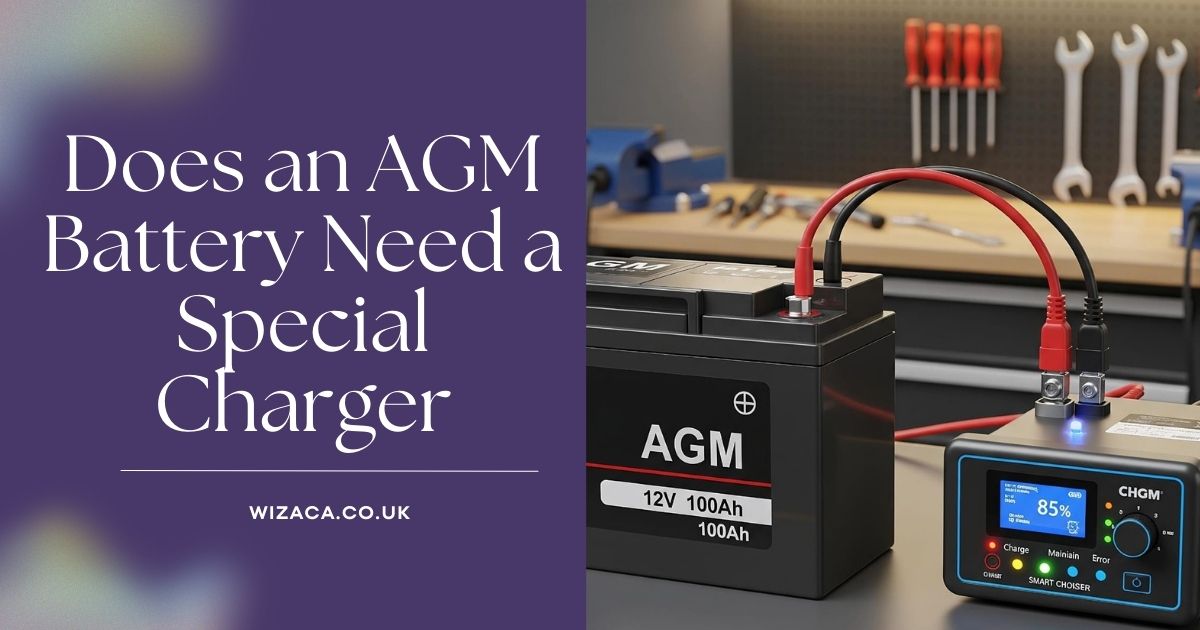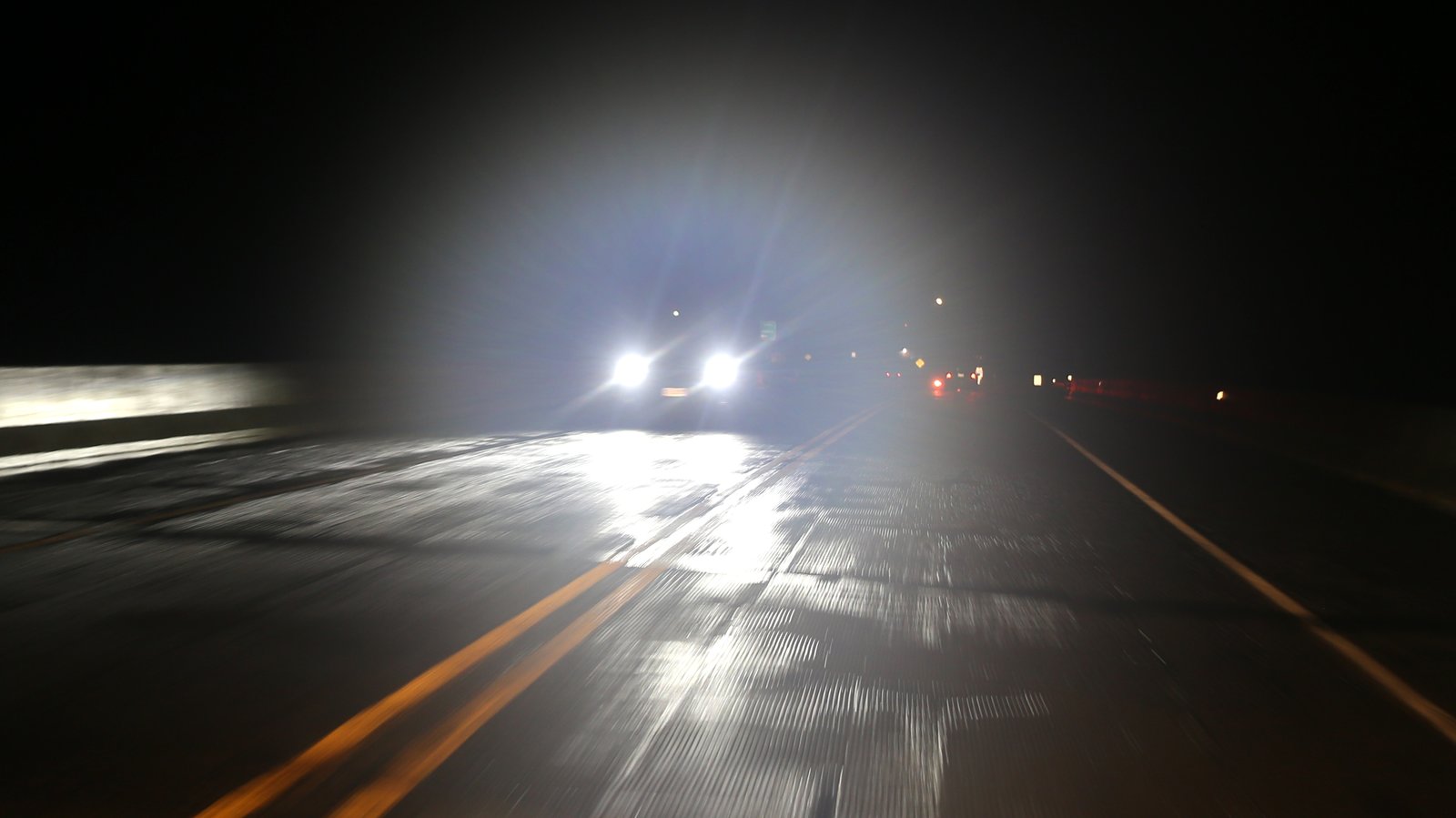Brake dust is a common byproduct of the braking process, and it is something most vehicle owners notice on their wheels after a certain amount of driving. However, while brake dust is often associated with the brakes themselves, it does not necessarily mean that you need new brakes. In this article, we’ll explore what brake dust is, why it forms, and how to determine whether it’s time to replace your brakes or if the dust is just a normal part of vehicle maintenance.
What is Brake Dust?
1. What Causes Brake Dust?
- Brake dust is composed of small particles that come from the friction material (brake pads) as they make contact with the rotors. When you apply the brakes, the friction generated slows down the vehicle, but it also wears down the brake pads. This wear releases fine particles of material, which accumulate on your wheels. These particles can be made of a combination of metals, carbon, and other materials that are used in the composition of the brake pads.
2. Is Brake Dust Normal?
- Yes, brake dust is a normal and inevitable part of the braking process. The amount of dust generated depends on the type of brake pads, driving habits, and the conditions in which you drive (e.g., city driving with frequent stops or highway driving). Some brake pads, especially ceramic brake pads, generate less dust compared to semi-metallic brake pads, but all brakes will produce some level of dust over time.
Does Brake Dust Mean You Need New Brakes?
1. Brake Dust Alone is Not a Sign You Need New Brakes
- The presence of brake dust on your wheels does not automatically mean that you need new brakes. Brake dust is a normal byproduct of the braking process, regardless of the health of your brake pads. However, if you are concerned about the condition of your brakes, it’s essential to look for other warning signs that may indicate the need for replacement or maintenance.
2. Signs You Might Need New Brakes
While brake dust itself isn’t a reliable indicator of brake wear, there are several other symptoms that you should be aware of when determining if it’s time for new brakes:
- Squeaking or Squealing Sounds: A high-pitched noise when braking could indicate that your brake pads are worn down to the wear indicators, which is a sign that they may need replacing.
- Grinding Noise: If you hear a grinding noise when applying the brakes, this may mean the brake pads are completely worn down and that the metal of the pad is now rubbing against the rotor. This can cause significant damage to both the brake pads and the rotor, and you’ll likely need new pads and possibly new rotors.
- Vibration or Pulsation: If you feel a vibration or pulsing in the brake pedal when applying pressure, it could indicate that the brake pads are unevenly worn or that there’s an issue with the brake rotors.
- Reduced Braking Performance: If you notice that it takes longer to stop your vehicle or that the brakes feel less responsive, it could be a sign that the brake pads are worn out and need to be replaced.
- Low Brake Fluid: If your brake fluid is low, this could be an indication of a leak or worn-out brake components, and it’s a good idea to have your brakes inspected.
- Visual Inspection: You can visually check the thickness of the brake pads. If the pad material looks thinner than 1/8 inch, it’s time to replace the brake pads.
3. Brake Dust Can Indicate Other Issues
- If you notice an excessive amount of brake dust or a dark, greasy film on the wheels, it could indicate a problem with the brake system, such as:
- Sticking brake calipers: If the calipers are not releasing the brake pads properly, it can cause excessive brake dust.
- Worn-out or damaged brake pads: If the brake pads are wearing unevenly, they may produce more dust than usual.
How to Manage Brake Dust
While brake dust is not something that requires immediate attention, there are a few ways to manage it:
1. Regular Cleaning
- To prevent brake dust buildup, you should regularly clean your wheels using a mild cleaner and a soft cloth or sponge. This will not only help keep your wheels looking clean but also prevent the brake dust from accumulating and becoming difficult to remove over time.
2. Use Ceramic Brake Pads
- Ceramic brake pads produce less brake dust compared to semi-metallic brake pads. If you are concerned about brake dust, consider upgrading to ceramic pads, which offer quieter operation and produce less dust.
3. Brake Dust Shields
- Some vehicles have brake dust shields or dust covers that help keep brake dust from settling on the wheels. These can be added or replaced to minimize dust accumulation.
Conclusion
In conclusion, brake dust does not mean you need new brakes. It’s a normal part of the braking process and occurs regardless of the condition of your brake pads. However, if you notice excessive brake dust, or if you experience any of the warning signs of worn-out brakes (like squeaking, grinding, or reduced braking performance), it’s a good idea to have your brakes inspected by a professional. Regular maintenance and inspections will help ensure that your brake system remains in good condition and that you can address any issues before they become more serious.
Also Check:
• Does Brake Fluid Remove Car Paint
• Does Brake Cleaner Remove Rust
• Does Brake Cleaner Remove Oil






